
The best 8 SaaS marketing events to attend in 2024
In this comprehensive guide, we'll showcase some of the best SaaS marketing events in 2024 that you shouldn't miss.
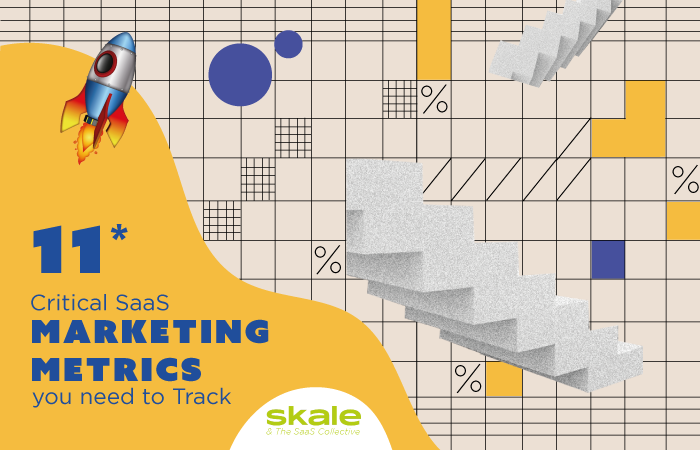
Let’s face it; there are a ton of SaaS marketing metrics out there we should be tracking. Yet, even if we’re inundated with resources and tracking software, it can still seem overwhelming to follow them all—even if you’re not the one doing the heavy lifting.
It’s so important that we prioritize which SaaS marketing metrics matter to our businesses, and therefore our teams. We don’t want to be chasing vanity metrics that will be of little or no use to us further down the line. We want to focus on improving our products, lifting our acquisition and retention, and ultimately our bottom-line ROI.
So, I put the question to some SaaS marketing strategy experts. All of whom have done their fair share of time in the SaaS marketing world.
I spoke to a collection of Directors of Retention Marketing, CEOs, Heads of Growth, and Chief Growth Engineers to see if there was a common consensus of SaaS marketing metrics every SaaS business should be tracking. This is what I found.
You may also like B2B SaaS Marketing Strategies.
You’re ultimately aiming for monthly recurring revenue (MRR)—and ARR—growth as your North Star. So, of course, these are two SaaS metrics you need to be tracking. However, your MRR and ARR are your KPIs for business growth. What we’re here for today are those metrics to track which help you reach those growth KPIs and ensure your growth strategy is on track.

SaaS marketing & demand gen metric number one is Customer Acquisition Cost (CAC.) How much do you spend, across acquisition efforts, to win one paying customer?
CAC alone is nothing without the comparison data that needs to go alongside it. One of the most important SaaS metrics you need to align CAC next to is the customer lifetime value (CLTV.) In other words, how much does the average paying customer give your business throughout their user lifespan?
Now, both of these numbers can be tricky to determine. Especially if you have multiple marketing expenses in your mix: Google ads, Social ads, email marketing campaigns, paid partnerships, marketing automation tools, sales reps, social media management tools, SaaS marketing tools, talent—there’s a lot of moving parts to consider. It’s not a number that you can determine lightly, but it’s something you can do using this equation:
CAC = [Total cost of sales + Total cost of marketing] / New customers acquired
CLTV = ARPA / Net MRR Churn %
How do we tie the two together for better business growth? We try to stick to a 3:1 LTV: CAC ratio. Meaning we’re always making 3x from a new user compared to what it cost to acquire them in the first place.
“CAC is always going to grow. In the last five years alone, CAC has increased by 55%.”
Wes Bush, Founder and CEO @ ProductLed
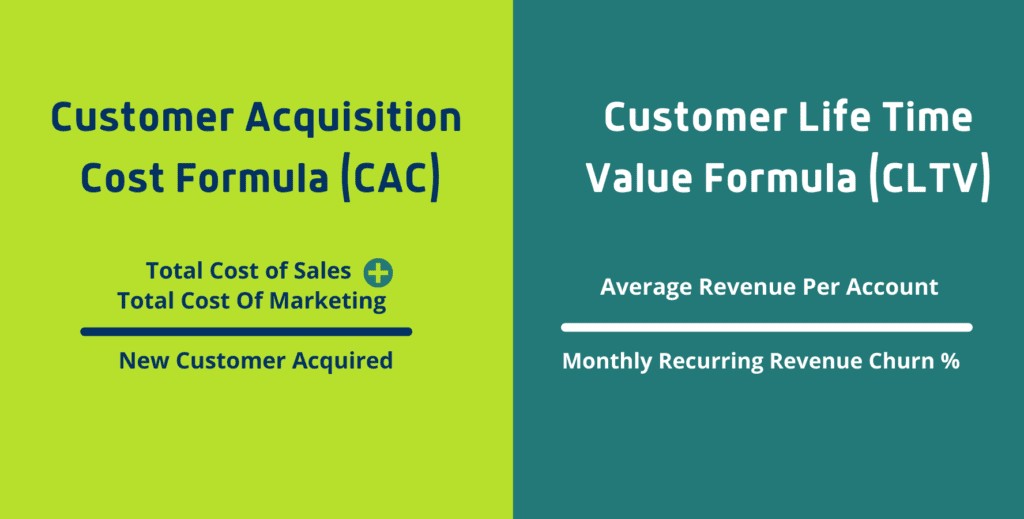
As SaaS marketers, we need to get scrappy with how we combat this. The answer is not always to hoist up rates, unless you’re massively underpricing in the first place. Otherwise, you may see a drastic cut in purchase frequency and customer lifespan.
We instead need to consider retaining customers for longer and therefore build our CLTV by extending what we deem as a customer lifetime, upselling, cross-selling, and building brand loyalty.
On the CAC front, we can look at new technologies, processes, and agile ways of working to keep our CAC from rising. We also need to build more sustainable acquisition content, evergreen SEO content, that doesn’t rely on paid pushes.
If we can build organic acquisition customer channels, we’ll be in a much better financial position and have a more trusting, loyal customer base in our midst. Check out how we can help scale your SEO channel.
There’s a lot of heat out there on whether SaaS marketers should be tracking signups or activations. Now, I’m not entirely disregarding signups. Signups suggest a strong interest in your solution. However, signups will do nothing for revenue if someone is not using your product.
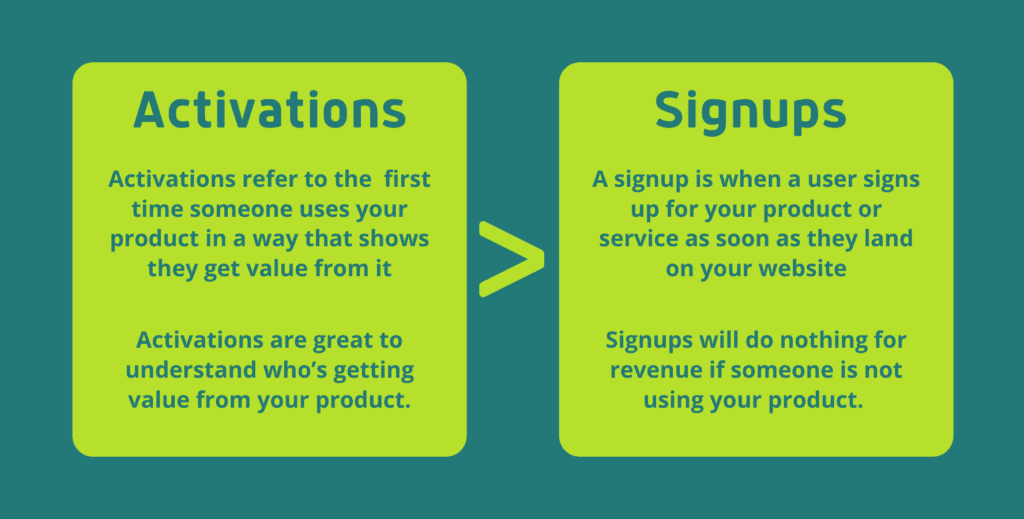
Enter activations. The second A in AARRR, for all the pirates among us. Activations vary depending on your product, but are essentially the first time someone uses your product in a way that shows they get value from it.
“Activations are increased by personalized onboarding. It’s important to understand what a user’s goal is with your product and if they’re using any other solution to solve their problem. Once you’ve understood those two things, you can tailor their onboarding messaging, so they activate quicker.”
Daniil Kopilevych, Head of Product, @ Awareow
Activations can also be referred to as PQLs: product qualified leads. Why? Because activations can happen whether someone is paying for your product or not. Perhaps you offer a freemium version of your product or a trial-period. Someone can still activate in your solution, making them product qualified leads as they haven’t bought from you—yet.
“If you’re a product-led business and not measuring them, you’re missing out. PQLs are how you understand who’s getting value from your product. When you start measuring PQLs, you’ll quickly see your entire organization prioritizing user success.”
Wes Bush, Founder and CEO @ ProductLed
Activations are also a fantastic metric to scale paid advertising with. By doing so, you’re not looking at how much each sign up costs you with ad spend, which is what many companies still shoot for.
Instead, you’re labeling an activation as a conversion goal. You can feed this metric into your paid marketing algorithms. This way, your ad algorithm works on finding people who will ultimately invest in your product and make your business money, rather than those that sign up and don’t do anything.
This metric will generally only apply to those SaaS companies that offer a freemium plan. If you don’t have a freemium plan, we’ll see you at point number four.
Perhaps your acquisition efforts are winning you signups and activiations; however, that doesn’t mean they’re winning you paying customers—at least not all of them will convert in month one.
By identifying your average signup to paid conversion rate over a twelve-month period, you’ll be able to:
“It’s so important to understand how long it takes someone to convert to a paying customer and how long that nurture journey is for your personas. I’ve found running a cohort analysis is an accurate and more insightful way of measuring this.”
Fung-Lin Wu, Director of Retention Marketing @ MongoDB
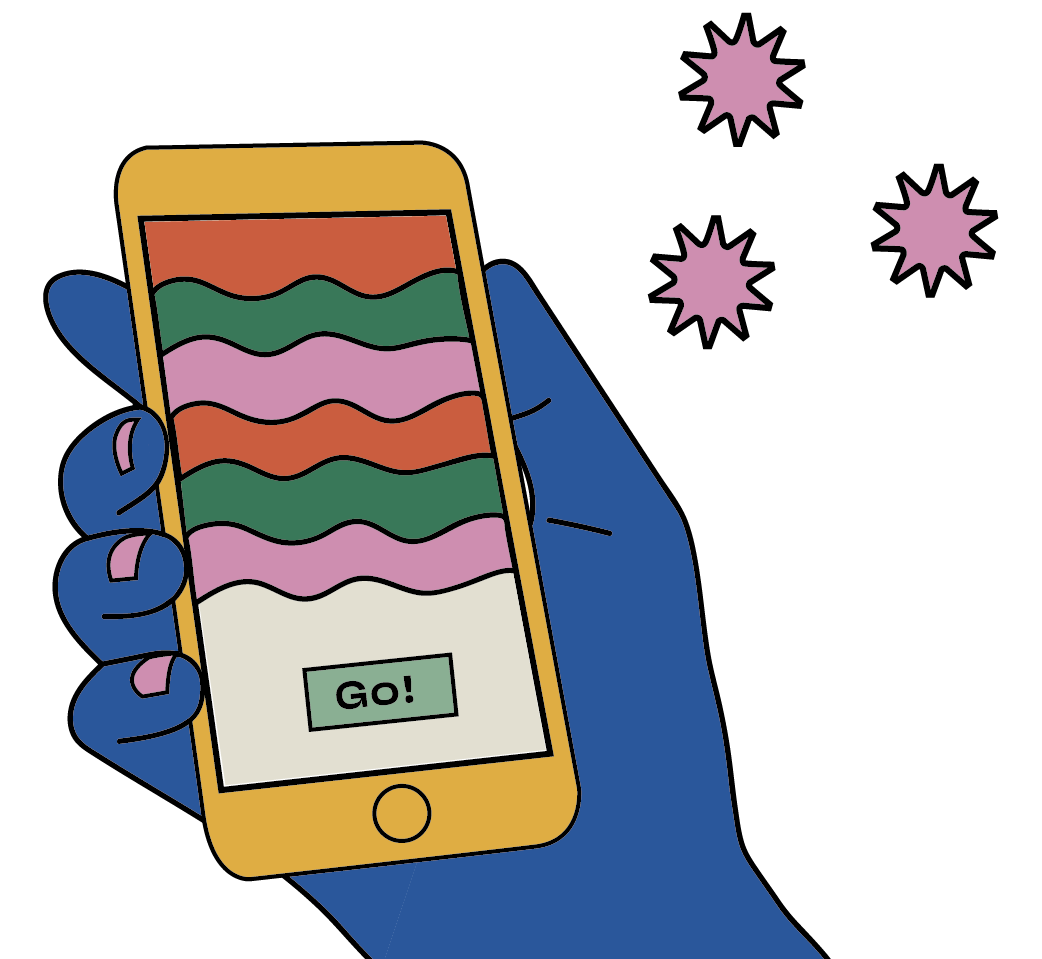
Learn how to calculate (and boost) your marketing ROI with this guide
Read the guideYou didn’t expect to come to a SaaS marketing metrics article and not see churn on the list, did you? Churn rate may be stating the obvious, but it’s the obvious for a reason and is still one of the most important metrics to be tracking.
Customer Churn Rate = [Existing customers at the beginning of period — Existing customers at the end of period] / Existing customers at the start of the period.
Normally, this metric supports product and UX teams. However, I want to discuss how it can help the SaaS product marketeers among us.
If product and customer success teams are doing their job well, then our churn shouldn’t be happening for the fault of the user experience, with the product, or because of pricing. So, we need to turn our heads to marketing, particularly product messaging within marketing.
What messaging are we putting out there that’s creating a churn rate we don’t like? Are we creating false expectations for our users that they (frustratingly) realize once they’ve paid for or onboarded the product?
Bonus: These B2B SaaS Marketing Agencies will help you reduce your churn rate and increase your MRR.
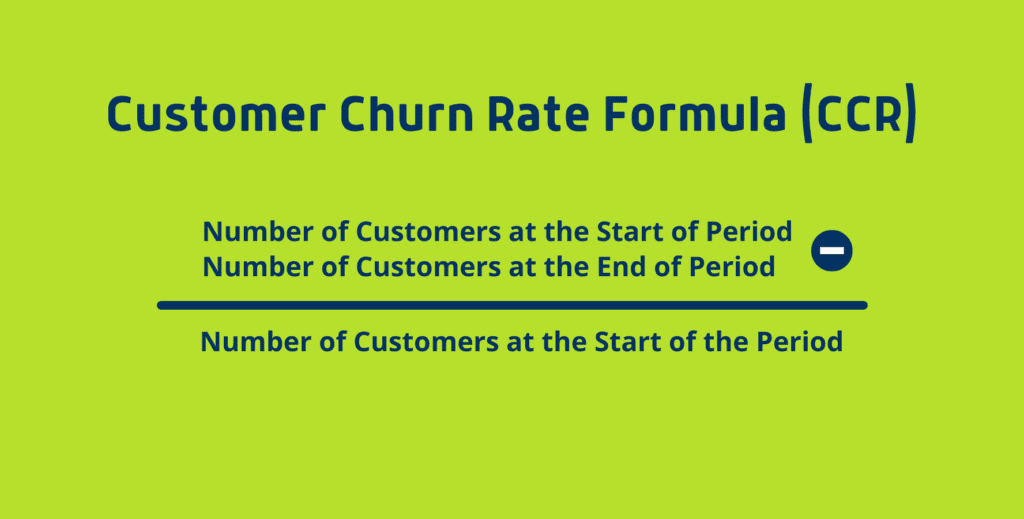
Take your marketing metrics a step further by tracking your Net Promoter Score. A net promoter score comes about by asking your customers one question:
“On a scale of 0-10, how likely are you to recommend us to a friend?”
Customers’ answers will fall into three categories:
Before we get into the “why” behind tracking it, let’s get on the same page for how.
NPS = % of promoters — % of detractors
An NPS score alone is often disregarded as not being too useful for a SaaS marketing team. Therefore, NPS surveys are often accompanied by more questions that a business can learn from.
However, an NPS score is a fantastic insight into whether you have a healthy brand relationship with customers, have good customer engagement, and it can be an insight into expected referral growth for the near future.
“Companies should be laser-focused on retention: revenue retention as well as user retention.
Revenue retention shows expansion or contraction of the business. User retention is an early indicator of the user’s health and engagement with the product. For freemium users, it indicates the likelihood of upgrading to paid plans. For paid users, it indicates possible churn or expansion.”
Holly Chen, Global Head of Digital Marketing @ Slack
Customer retention metrics are usually something we tarnish with the customer churn brush.
Leadership often thinks we need to see a growth in retention over a specified time period, and in doing so, will see a decrease in churn. This is where a lot of SaaS businesses go wrong. They think that by quelling churn, they’re extending retention or visa versa.
When we reduce churn, we take a short-term view of increasing CLTV. This isn’t a bad thing, but shooting for retention is a step up from that.
Increasing customer retention by as little as 5% boosts profits 25-95%. When we work toward retention, we take a long-term view of CLV, customer success, NPS, and more. By working towards retaining customers, we can upsell, cross-sell, and extend average contract value.
Annual contract value (ACV) is best measured if your SaaS business model is subscription-based and runs on multiple year plans. It allows you to better understand the yearly value of a contract, which will enable you to forecast income and spend within your budget.
ACV = [Total contract amount / contracted months] x 12
To take this a level deeper, you can break down your ACV by region and lead/persona type.
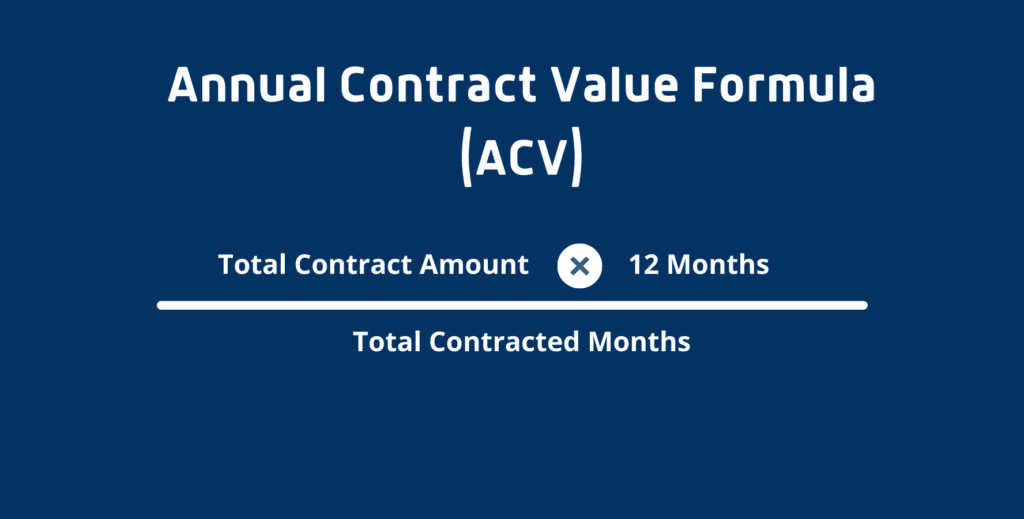
“Knowing your ACV per region and persona will allow you to place an ROI on your marketing acquisition efforts within those areas, and know where it will be worth your while to spend more resources.”
Jason Quach, Marketing Automation Manager @ Hootsuite
Once we know our ACV, we can also work out our average revenue per account (ARPA), which will give you a happy medium of all the types of sales you’re making.
“For me, the most obvious marketing metric to track is marketing sourced revenue. How much money are your marketing efforts actually making for the company?”
Adam Goyette, VP of Marketing @ Help Scout.
There are multiple indicators for how profitable your marketing efforts are, and it’s largely depending on what your marketing goals are. You can lay your MSR alongside your CLTV and CAC if you’re looking for a hard ROI.
Or, if your marketing KPIs are to increase clicks, unique visitors, conversions, activations, or something else, then you may easily calculate a direct cash ROI. In this case, you’ll have to measure your ROI in different ways, like sales qualified leads (SQLs), marketing qualified leads (MQLs) or an increase in newsletter subscribers, for example.
Once you’ve understood this, you can build better business cases for increased marketing resources, and start to look at ways you can make your SaaS marketing spend and marketing campaigns more streamlined, agile, and effective.
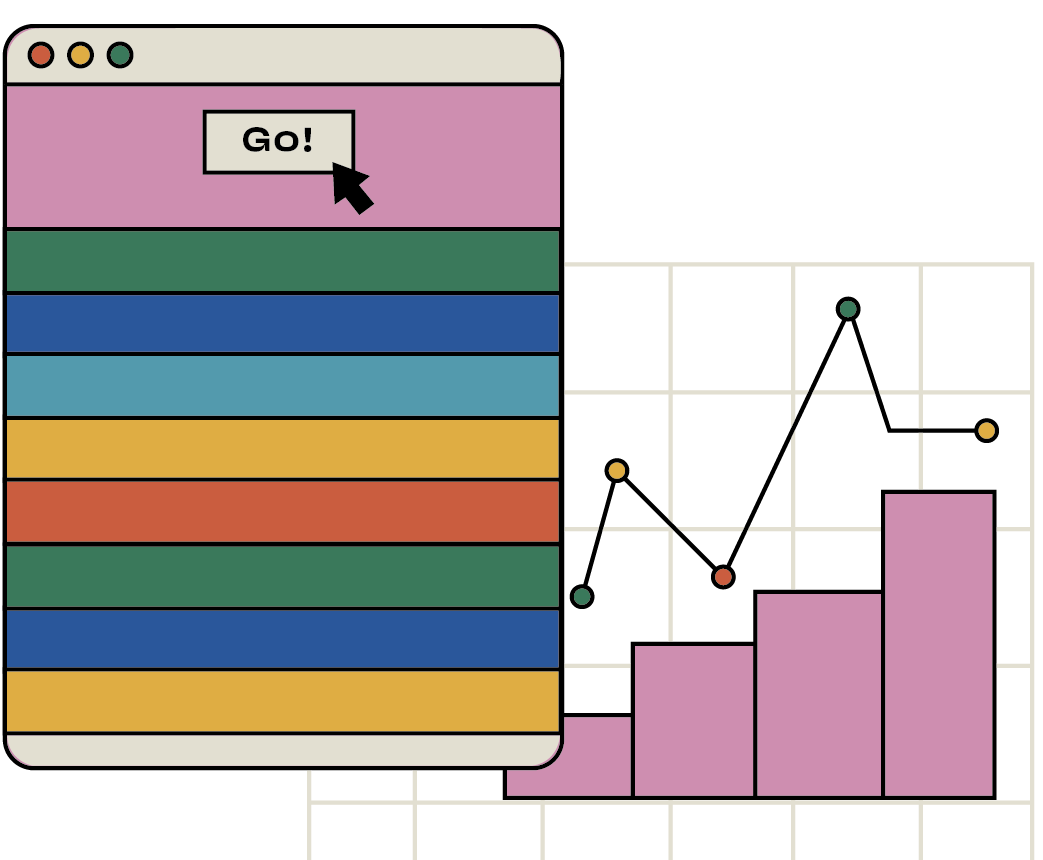
These SaaS businesses boosted MRR and reduced CAC with SEO, link building & more
Get inspired“There are those key funnel metrics you want to watch at all times that we all know about, but I really believe the marketing metrics to watch depend heavily on the current period’s goals and how the sales funnel flows.
If you’re marketing an early stage, disruptive product, a metric as simple as returning users might be a key leading indicator for future MRR.
If you’re in a bullish, competitive market where the current business goal is to win market share, you might want to keep your eyes on leads generated by organic traffic or conquest campaigns as that’s the leading indicator to your success.
Pay attention to your organic data; always be analyzing to uncover trends and utilize them to better position your inbound marketing efforts. If you can build a solid organic growth funnel, you’ll position yourself as an industry leader and will be less reliant on ad spend in the future. Google Analytics is a great tool to measure this.”
Asya Sharrow, Senior Ops Manager @ Phenomenon.
“As a SaaS marketer, I’m always looking at ways to drive the right kind of demand to fuel the business. And so I always try to get everyone centered on one key metric that’s a good proxy for if we’re doing the right thing.
Normally the metric numbers tell us if we’re generating enough interest in the product to drive sales. A personal favorite is to track the number of trials deployed.”
Baxter Denney, SaaS CMO & Advisor
Of course, the number of active trials metric only works if you have a freemium product that can be self-deployed.
Note: We’re not talking about your total number of customers here.
If your number of active trials is constantly growing, then you know that what you’re doing up front is not only rallying interest but proving to be educational as well. Tracking trials deployed enables us to spot trends in growth and can help shape or reshape our product messaging on the whole.
If your SaaS model is currently only relying on a sales team to activate trials or give product demos, I’d heavily recommend exploring ways to automate that process. It’s more scalable and will save your team time to work on larger contracts.
The last on our hitlist for critical SaaS marketing metrics you need to track is lead velocity rate. Of course, this is dependent on what you determine as a lead in your demand or lead generation efforts. It can also be called your customer velocity rate (CVR.) What we’re really looking at here is velocity.
LVR%= [Total number of MQLs from Month B — Total number of MQLs from Month A] / [Total number of MQLs from Month A] X 100
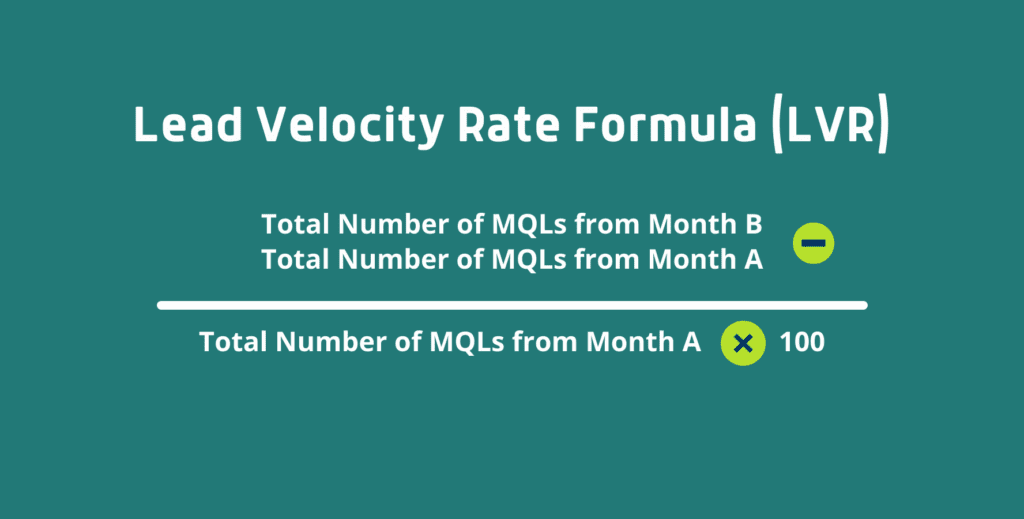
By identifying the MOM velocity of the number of leads your marketing team is bringing in, you can identify growth patterns in your SaaS marketing efforts, as well as set benchmarks for coming quarters.
You’ll be able to accurately determine if you’re on track to hit your EOQ or EOY goals, and if you’re not on track, no worries, that’s why we did this sum! You’ll have time to include it in to your SaaS marketing playbook to get the leads through the door that your sales team is ready for.
Whether you’re new to the startup world, or have been around for a while, I hope these metrics are something you’re tracking—or looking to start tracking. There’s a lot to be learned about our average customer, and their journey with us that these metrics can help reveal. This data can ultimately help build our total revenue.
However, revenue growth doesn’t come overnight, and tracking these SaaS marketing metrics is one thing, but acting on the data you unleash is something else. Read it well, use it to lift your product and your customer’s experience, and hit revenue growth goals month on month, year on year. This is just the beginning. 🚀
You’re ultimately aiming for monthly recurring revenue (MRR)—and ARR—growth as your North Star. So, of course, these are two SaaS metrics you need to be tracking. However, your MRR and ARR are your KPIs for business growth. What we’re here for today are those metrics to track which help you reach those growth KPIs and ensure your growth strategy is on track.
Learn more about
SaaS Marketing

The best 8 SaaS marketing events to attend in 2024
In this comprehensive guide, we'll showcase some of the best SaaS marketing events in 2024 that you shouldn't miss.

7 Best SaaS Copywriting Agencies & Services in 2024
11+ SaaS copywriting agencies that will educate your audience, boost revenue, and nurture leads.

9 SaaS Content Marketing Agencies in 2024: Reviews & Pricing
Create content that generates serious revenue when you work with a SaaS marketing agency from this list.